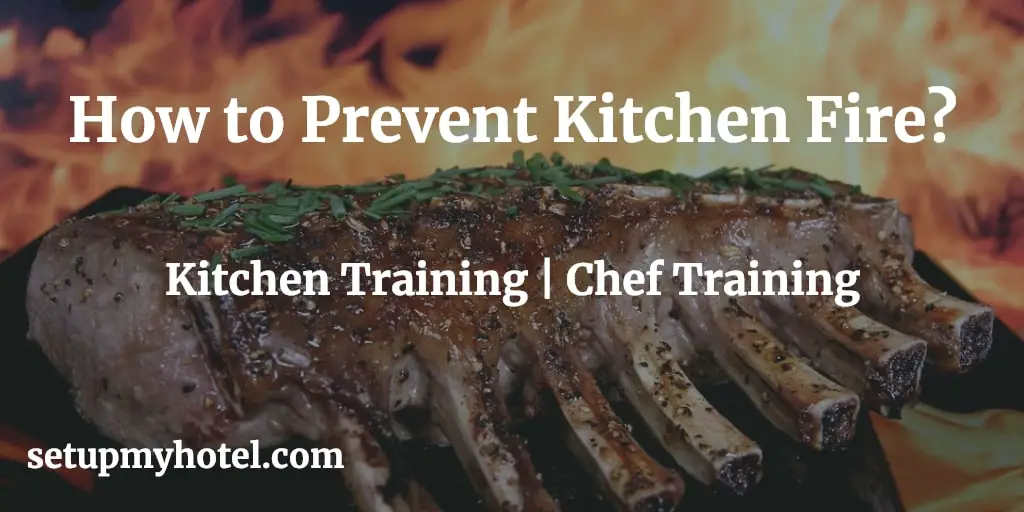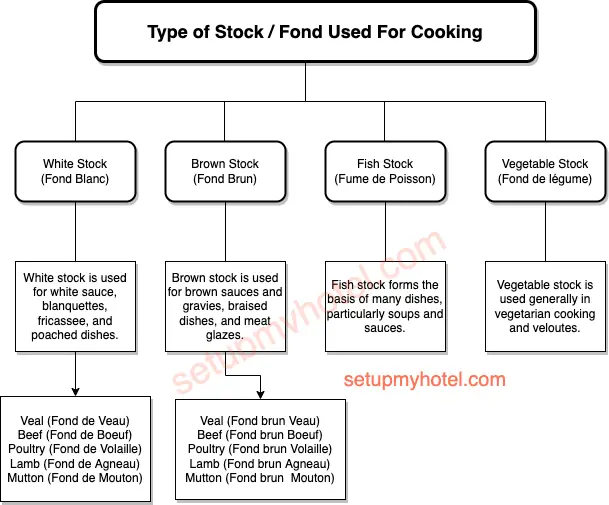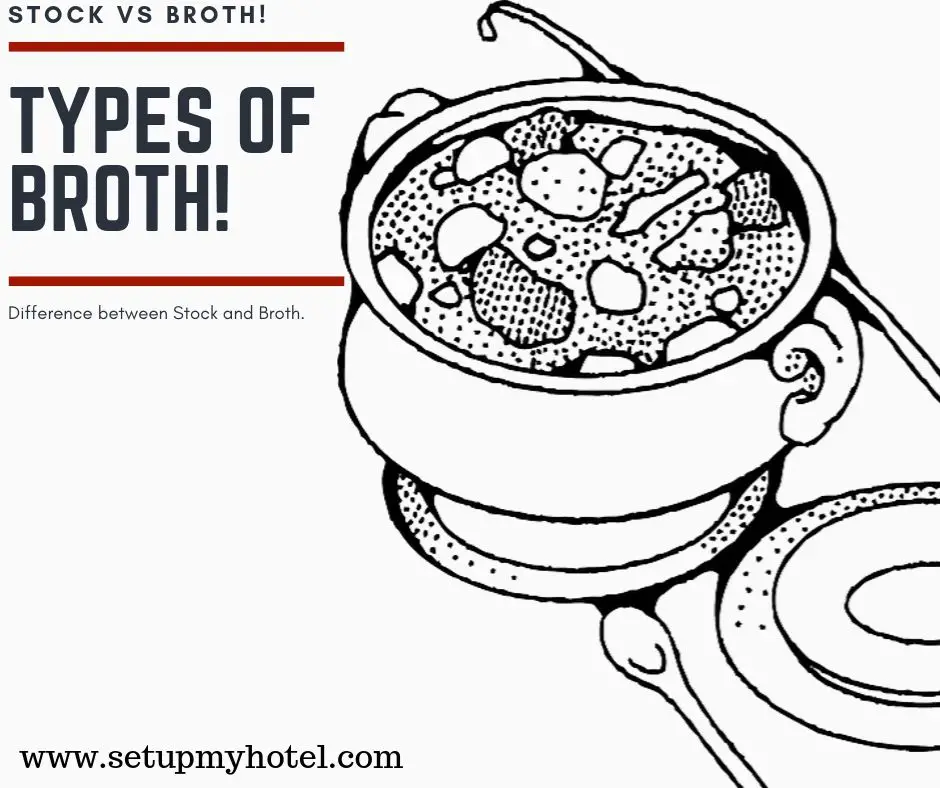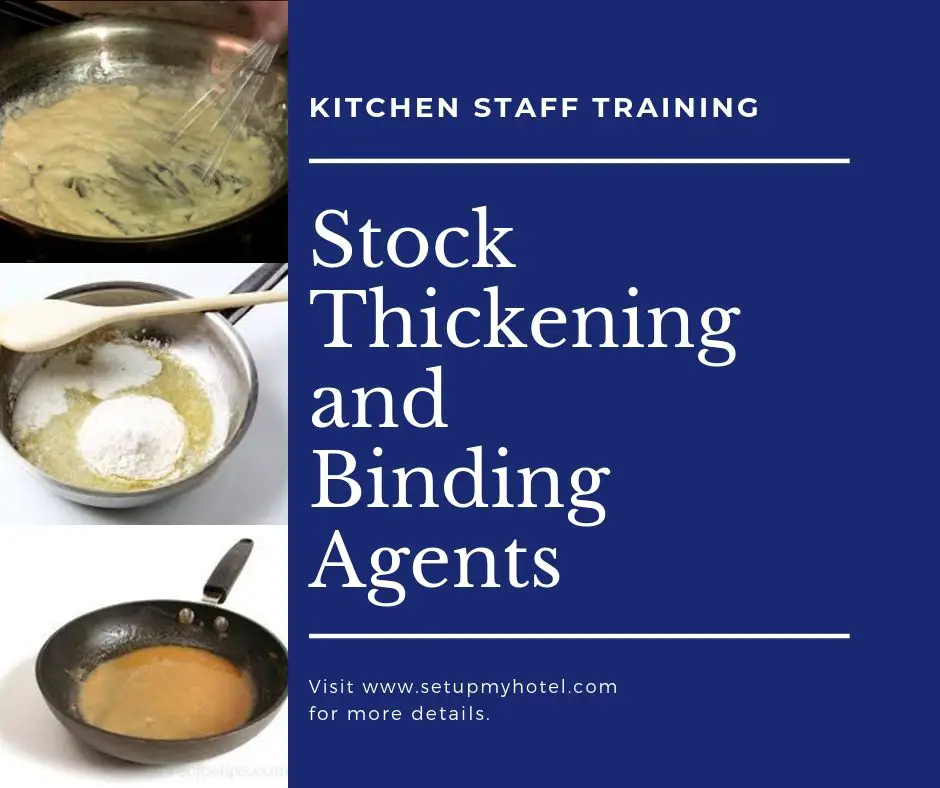Security – Safety Rules For Gas And Electrical Equipment’s

Safety Rules for Gas and Electrical Equipment Ensuring the safety of hotel guests is of utmost importance. As such, it’s ...
Read more
Food Holding Temperature Guide – Meat | Poultry | Fish | Other Items

Standard Food Holding Temperature Range Guide For Meat, Fish Poultry, and Other Items In the hotel industry chefs, cooks and ...
Read more
How To Keep Knife Or Knives Sharp?

Tips For Keeping The Knife Sharp A knife is a tool that is of little use if it is not ...
Read more
Preventing Fire While Working In The Hotel Kitchen

How To Prevent Fire While Working In The Hotel Kitchen Area? Familiarize yourself with the working area to minimize cases ...
Read more
Preventing Cuts While Working In The Hotel Kitchen

How To Prevent Cuts While Working In The Hotel Kitchen Area? The primary rule of knife safety is simple that ...
Read more
Basic Dessert Sauces List – Standard Recipe Card – Hotels | Chefs

Dessert Sauces List with a recipe card for chefs Dessert sauces are the perfect finishing touch to any dessert. They ...
Read more
23 Basic Pastries, Cakes And Desserts For Bakers And Pastry Chef

Basic Pastries, Cakes and Desserts For Bakers and Pastry Chef Baking is a wonderful way to express creativity and satisfy ...
Read more
Types Of Stock – White | Brown | Vegetable | Fish

Types of Stock – White | Brown | Vegetable | Fish When it comes to cooking, the type of stock ...
Read more
Types Of Broth – How It Is Made? | Broth Vs Stock

What is Broth? How does it differ from Stock? Broth and stock are similar in technique and cooking time. Meat, ...
Read more
Stock Thickening And Binding Agents Used In Hotel Kitchen

Standard Stock Thickening and Binding Agents Thickening agents give body, consistency, and palatability when used. They also improve the nutritive ...
Read more









